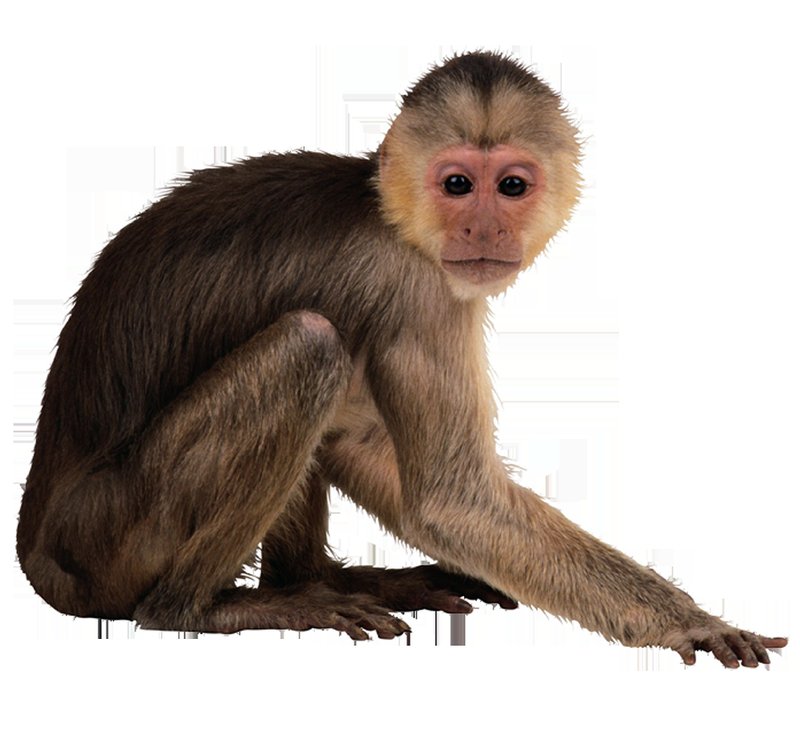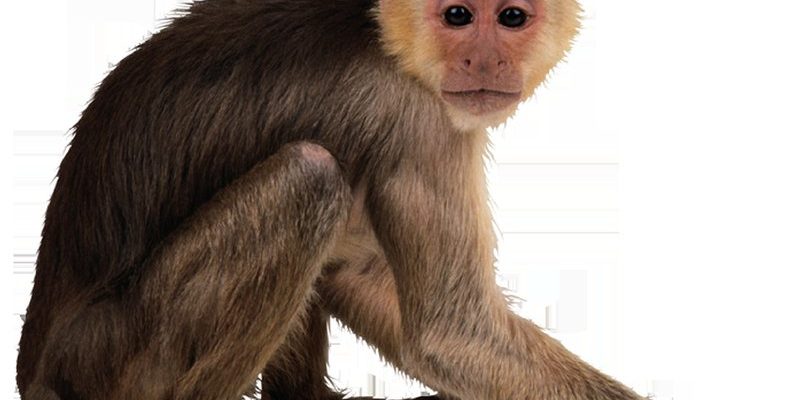
Imagine diving deep into the past, wandering through ancient forests where early primates were just starting to carve out their place in the world. Capuchins are part of a broader family tree that traces back millions of years. Understanding their evolution is like piecing together a giant puzzle, where each piece reveals something new about their behavior, social structure, and adaptations. So, let’s explore this captivating journey together.
What Are Capuchin Monkeys?
Capuchin monkeys belong to the genus *Cebus* and are native to Central and South America. Recognizable by their distinctive prehensile tails and expressive faces, capuchins are small to medium-sized monkeys, usually weighing between 3 to 9 pounds. Their fur can range from tawny to black, often with lighter patches on their faces and limbs.
These monkeys are known for their remarkable intelligence and problem-solving abilities. They can use tools, recognize themselves in mirrors, and even learn to perform tricks. Capuchins live in social groups, typically made up of several females and a few males, which adds another layer to their fascinating behavior. You might be wondering how they evolved these traits, and that’s where the story gets really interesting.
Capuchin Monkeys and Their Ancestry
The ancestry of capuchin monkeys traces back to around 20 million years ago. They belong to the New World monkeys, a group that diverged from Old World monkeys and apes. This split happened during a time when South America was becoming isolated from other land masses, leading to the evolution of unique species.
One of the earliest ancestors of capuchins is thought to be an animal called *Cebus apella*, which is now referred to as the tufted capuchin. This species adapted to various habitats, from rainforests to savannas, showcasing a remarkable ability to thrive in different environments. Their evolutionary journey is a testament to resilience and adaptability, traits that we can still see in modern capuchins today.
Physical Adaptations of Capuchin Monkeys
Capuchin monkeys have some striking physical features that reflect their evolutionary adaptations. One major characteristic is their prehensile tail, which acts like an extra hand. This tail helps them navigate the treetops with agility, allowing for better balance and grip as they leap from branch to branch. Imagine trying to walk a tightrope without a balancing pole; their tails provide that extra stability.
Their opposable thumbs also contribute to their ability to manipulate objects, an essential skill for foraging and using tools. Capuchins can crack open nuts or use sticks to poke into holes for insects—something that showcases their impressive cognitive abilities. Honestly, watching them work together to solve problems can be like witnessing a mini masterclass in teamwork.
Social Structures and Behavior
Capuchin monkeys are incredibly social animals, and their group dynamics are complex. They typically live in troops ranging from 10 to 30 members, with a clear hierarchy. Females often lead these groups, which is a bit different from many other monkey species where males take charge.
You might notice that capuchins engage in grooming behaviors, a critical aspect of their social interactions. Grooming not only helps keep their fur clean but also strengthens bonds within the group. Imagine how much more connected we feel after sharing a laugh or a friendly chat—social grooming has the same effect for them. Understanding these social behaviors provides insight into how capuchins navigate their environments and relationships.
Capuchins in Modern Ecosystems
Today, capuchin monkeys play an essential role in their ecosystems. As they move through the forest canopy, they help to disperse seeds, contributing to the growth of various plants and trees. This process is crucial for maintaining biodiversity. You could say capuchins are little gardeners, shaping their habitats without even realizing it.
However, despite their importance, capuchins face threats from habitat loss due to deforestation and poaching. Their natural habitats are being swallowed up by agricultural expansion and urban development, making it more challenging for them to thrive. Understanding their evolutionary history helps us appreciate not just their uniqueness but also the urgent need to protect them.
Conservation Efforts and Future of Capuchins
Conservation efforts for capuchin monkeys have ramped up in recent years. Many organizations are working to preserve their habitats and educate local communities on the importance of these creatures. Sanctuaries and wildlife reserves play a pivotal role in protecting capuchins from threats while providing them with safe environments to flourish.
Moreover, research continues to enhance our understanding of their behaviors, health, and needs, which can ultimately aid in their conservation. The future of capuchin monkeys hinges on our collective actions. By supporting habitat preservation and conservation initiatives, we can ensure that these incredible primates thrive for generations to come.
The evolutionary history of capuchin monkeys is not just a tale of survival; it’s a story of adaptability, intelligence, and social complexity. From their early ancestors to their crucial role in today’s ecosystems, understanding capuchins enriches our appreciation for primate evolution. By protecting these remarkable creatures, we’re not only ensuring their future but also safeguarding the intricate ecosystems they help maintain.
Every time you see a capuchin monkey swinging through the trees or playfully interacting with its troop, remember that behind that cute exterior lies a rich evolutionary story. And let’s make sure that story continues to unfold for years to come.

